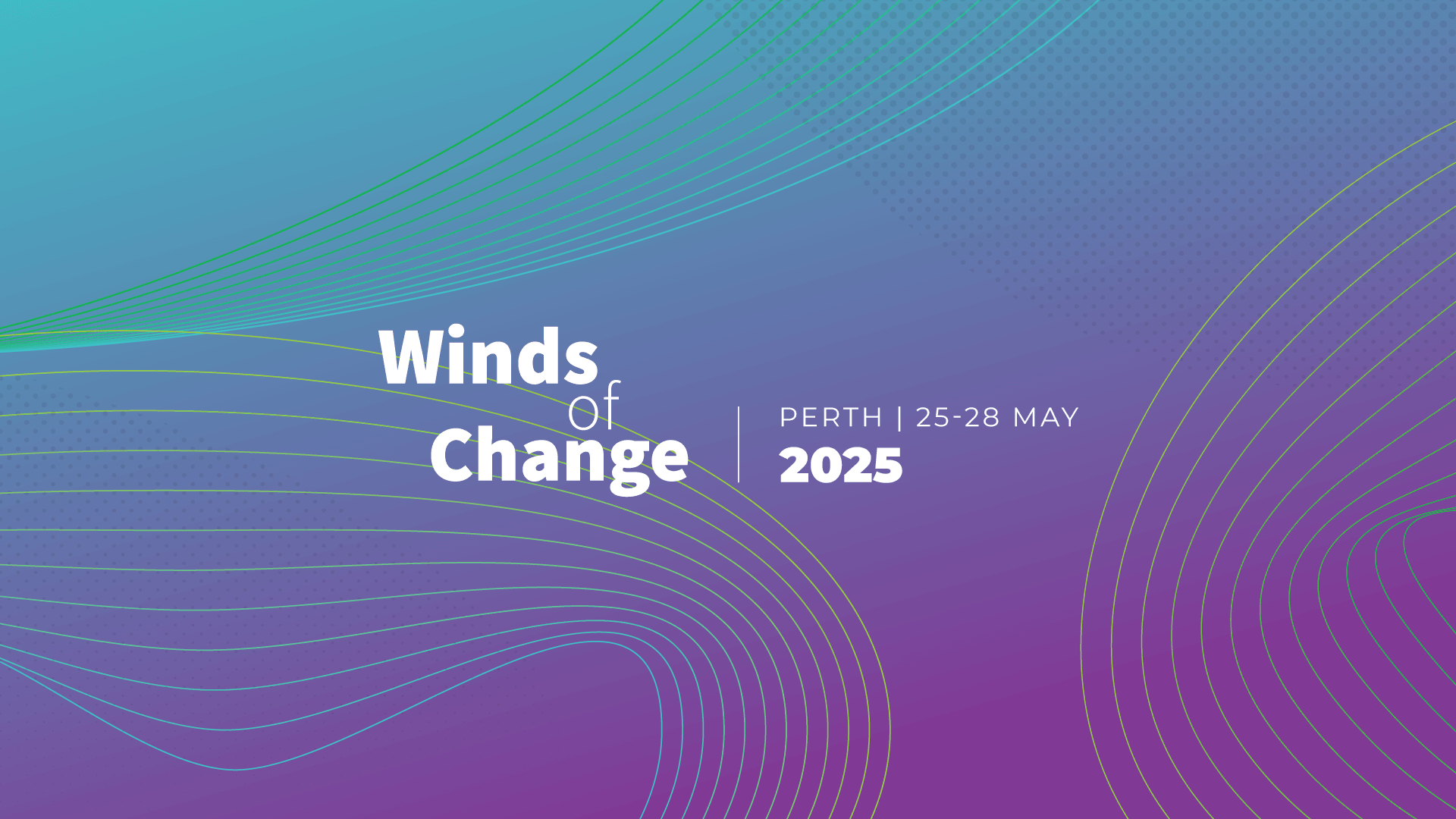
Implementing chroma key compositing with a green screen to enhance remote learning in hybrid lectures
May 26 2025, 16:10 - 16:40 (AWST)

Implementing chroma key compositing with a green screen to improve the learning experience of remote students during synchronous hybrid lectures
The synchronous hybrid learning model, which involves simultaneous face-to-face and remote learning, suffers from a disparity in the lesson experience and outcomes provided by the different learning modes. Moreover, the online medium allows little opportunity for teachers to exhibit non-verbal immediacy behaviors to improve cognitive engagement and motivation to learn in remote students, further exacerbating the disparity.
In this work, we present an implementation that significantly improves the visibility of both the lesson and the non-verbal immediacy of the teacher, by simulating front-row classroom learning for remote students during hybrid lessons at a lecture hall. Digital chroma key compositing was implemented using a prototype mobile green screen setup, where background removal was performed and the teacher digitally inserted in front of the course content in real time. The resulting weatherman-style composite videos were livestreamed to remote students over the online medium. In these videos, the non-verbal immediacy behaviors such as facial expression, hand gestures, body posture and eye contact, are clearly visible and conveyed to the students. The teacher may address the remote learning students as if they are at the physical venue, by treating the webcam as part of the student audience. This work also presents an implementation mode that unifies the view of both face-to-face and remote students. All implementation in this work is performed by the teacher alone and requires neither an on-site camera crew nor any post-production processing.
Aggregate results of student surveys indicate that more than 80% of remote students perceived significant improvement in visibility of lecture delivery, teacher presence and capture of attention, while 91% of face-to-face respondents indicated that their in-person learning experience was not significantly affected. Categorical data analysis on itemized responses indicates that students who only adopted the remote learning mode have at least a 90% likelihood of moderately or strongly favoring the setup and implementation. As a whole, our results indicate strong evidence that our setup and implementation has significantly reduced the disparity in learning experiences.
THETA acknowledges the Traditional Owners of the lands where we live, learn and work. We pay our respects to Elders past and present and celebrate the stories, culture and traditions of all First Nations people.
